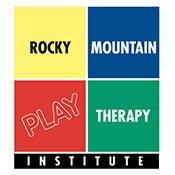About Play Therapy
 Play therapy builds on the natural way that children learn about themselves and their relationships in the world around them. Initially developed at the turn of the 20th century, current approaches to play therapy rely on structured, theoretically sound models of therapy that builds on the normal communicative and learning processes of children.
Play therapy builds on the natural way that children learn about themselves and their relationships in the world around them. Initially developed at the turn of the 20th century, current approaches to play therapy rely on structured, theoretically sound models of therapy that builds on the normal communicative and learning processes of children.
The Association for Play Therapy (APT) defines play therapy as… “the systematic use of a theoretical model to establish an interpersonal process wherein trained play therapists use the therapeutic powers of play to help clients prevent or resolve psychosocial difficulties and achieve optimal growth and development.”
Play therapy differs from typical “play” activities as the therapist is trained to help the child address and work through troublesome feelings or experiences. The use of play-based activities provides the child with psychological distance from their problems. By exploring feelings or problems in the safety and structure of the play therapy setting, the child finds healthier solutions. Further, the play process allows expression of thoughts and feelings appropriate to the child’s development. Through the play therapy process, the child develops the sense that she/he can safely communicate and express feelings, while learning a variety of ways of coping and relating to others.
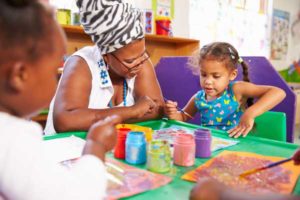
The positive relationship that develops between the therapist and child can provide an emotional experience that scaffolds and supports the child in the healing process. Importantly, play therapy may also be used to promote problem-solving skills and cognitive development, and to provide understanding or insight necessary to resolve inner conflicts.
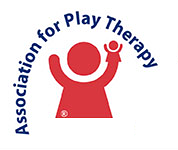
For more information on the history, use and professional application of Play Therapy please visit APT.
Effectiveness of Play Therapy
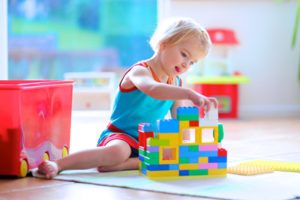 According to the APA Presidential Task Force’s (2006) the definition of evidence-based practice is “the integration of the best available research with clinical expertise in the context of patient characteristics, culture, and preference.” (p. 273)
According to the APA Presidential Task Force’s (2006) the definition of evidence-based practice is “the integration of the best available research with clinical expertise in the context of patient characteristics, culture, and preference.” (p. 273)
As noted by the Association for Play Therapy, play therapy treatment plans have been used either as the primary intervention or as an adjunctive therapy to address a wide range of presenting issues. Research supports the effectiveness of play therapy with children experiencing social, emotional, behavioral, and learning problems.
Frequent positive outcomes for children engaged in play therapy include:
- Developing more successful coping strategies.
- Learning alternate ways of expressing troublesome emotions.
- Developing empathy and respect for thoughts and feelings of others.
- Learning new interpersonal skills that can be used with peers or family members.
- Developing self-efficacy and confidence in their abilities.
Four meta-analyses of controlled outcome studies, representing over 130 studies (and almost 4,000 participants), were conducted this millennium. These studies confirm the efficacy of play therapy with a broad range of presenting issues and diverse populations — in real world settings!!!
Use this link to effectivechildtherapy.org to access an up-to-date database that examines evidence-based practice in play therapy.
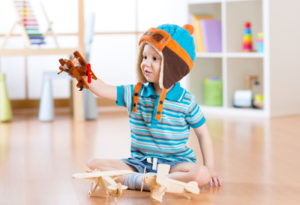 Two frequently cited studies conducted a meta-analytic review of over 100 play therapy outcome studies. Leblanc & Ritchie (2001) reported a statistically significant overall effect size (0.66) for 42 play therapy studies. Bratton et al., (2005) reported a statistically significant overall effect size (0.80) for 93 play therapy studies. Notably, positive treatment effects were found to be greatest when a parent was actively involved in the child’s treatment.
Two frequently cited studies conducted a meta-analytic review of over 100 play therapy outcome studies. Leblanc & Ritchie (2001) reported a statistically significant overall effect size (0.66) for 42 play therapy studies. Bratton et al., (2005) reported a statistically significant overall effect size (0.80) for 93 play therapy studies. Notably, positive treatment effects were found to be greatest when a parent was actively involved in the child’s treatment.
Play therapy is especially appropriate for children ages 3 through 12 years old. Teens and adults have also benefited from play-based techniques, although the strategies and methods are appropriately adapted to meet the developmental/emotional needs of the individual.
Lin and Bratton (2015) reported statistically significant overall effect size (0.53) for 52 Child Centered Play Therapy studies with an average age child of 7 and younger, and studies with an average child age of 8 and older (0.21).
